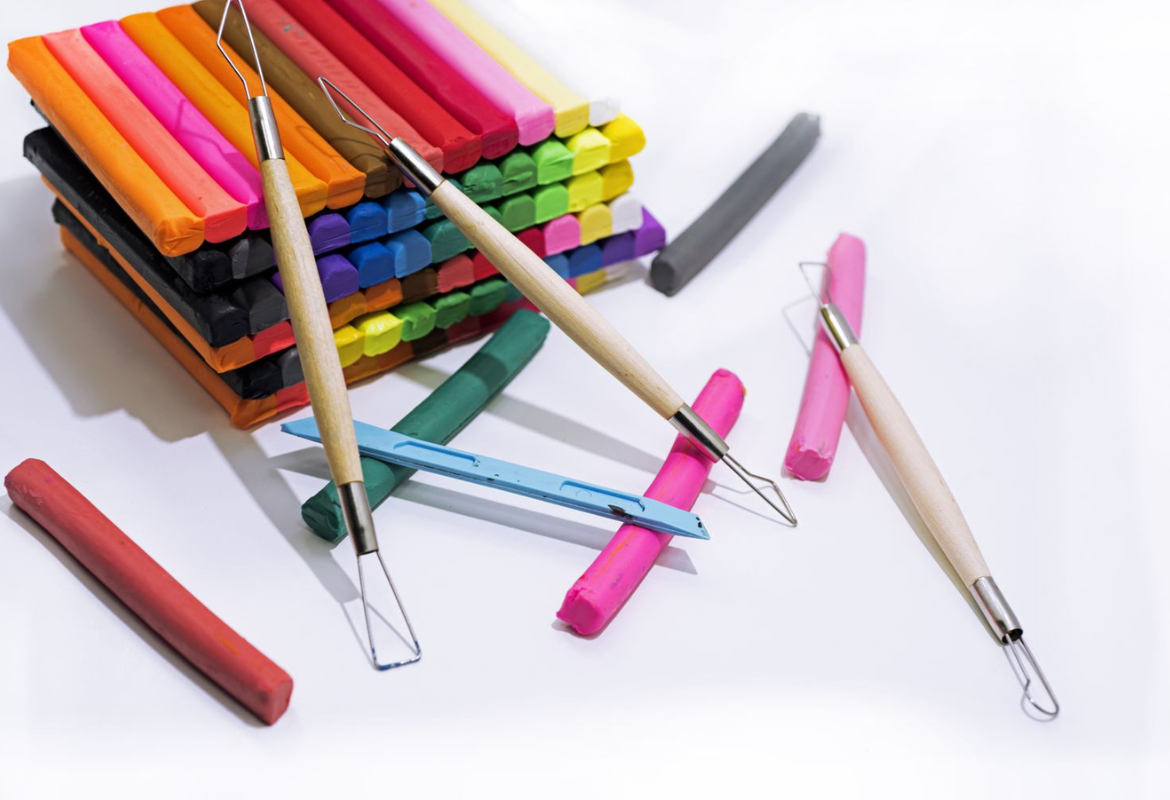The History and Evolution of Polymer Clay Art

The world of art and craft is rich and diverse, with myriad materials that artists use to express their creativity. Among these, polymer clay stands out as a versatile and vibrant medium that has captivated the imagination of crafters and artists alike. The journey of polymer clay from a simple compound to a beloved art medium is a fascinating tale of innovation, creativity, and global collaboration.
The Origins: A Synthetic Marvel
Polymer clay, unlike its natural clay counterparts, is a synthetic material that was initially created during World War II. Its invention was rooted in practicality – a search for a synthetic replacement for bakelite, a type of plastic that was used extensively at the time. The resulting material was a type of PVC (polyvinyl chloride) plastic that, when mixed with a plasticizer, remained malleable until cured in an oven at relatively low temperatures.
The Transition to Art
For years, this new material was used primarily for industrial applications and doll making. It wasn’t until the late 1960s and early 1970s that artists and crafters began to explore its potential as a medium for art and jewelry. The pioneering work of artists like Kathe Kruse, who started using polymer clay for doll-making, opened the door for others to experiment with the material.
In the 1980s, the art and craft community saw a significant surge in the use of polymer clay, thanks in part to the introduction of brands like Fimo, Sculpey, and Cernit to the market. These brands offered a wide range of colors, which expanded the creative possibilities and made the material more accessible to hobbyists and professional artists alike.
The Evolution of Techniques
As more artists began working with polymer clay, they developed and shared new techniques that pushed the boundaries of what could be done with the material. Techniques like caning, originally inspired by glasswork methods, allowed artists to create intricate patterns and designs within the clay. Millefiori, a glasswork technique dating back to Ancient Rome and popularized in Venetian glassmaking, was adapted to polymer clay, resulting in stunningly detailed and colorful patterns.
Sculpting with polymer clay also evolved, with artists achieving incredibly lifelike and detailed miniature sculptures. The material’s ability to mimic other substances, such as metal, stone, and wood, further expanded its use in jewelry making, home decor, and mixed-media art.
The Digital Age and Global Community
The advent of the internet and social media platforms has had a profound impact on the polymer clay community. Artists from around the world can now share their creations, techniques, and tutorials with a global audience. Online forums, social media groups, and video tutorials have fostered a sense of community and collaboration, enabling the art form to grow and diversify at an unprecedented pace.
Online marketplaces and social media have also provided a platform for polymer clay artists to sell their work, turning hobbies into viable businesses. This accessibility has encouraged a new generation of artists to explore the medium, contributing their unique perspectives and innovations.
Contemporary Polymer Clay Art
Today, polymer clay art is as diverse as it is vibrant. Artists continue to explore new techniques, combining polymer clay with other materials and pushing the boundaries of what can be achieved. The medium is celebrated not only for its versatility but also for the way it democratizes art-making, being accessible to beginners and professionals alike.
Environmental considerations have also come to the fore, with artists and manufacturers exploring more sustainable practices, including recycling clay and developing more eco-friendly formulations.
Looking Forward
The history and evolution of polymer clay art is a testament to human creativity and adaptability. What started as a synthetic substitute has blossomed into a beloved medium that continues to inspire and evolve. As we look to the future, it’s clear that the journey of polymer clay art is far from over, with endless possibilities waiting to be shaped by the hands of artists around the world.



Hi, I do believe this is a great site. I stumbledupon it 😉 I am going to come back
yet again since I saved as a favorite it. Money and freedom is the best way
to change, may you be rich and continue to guide others.
Thank you Jason for your kind words! We’re thrilled you’ve found our site valuable and that it’s earned a spot in your favorites. Your support is truly motivating. Here’s to more creativity, freedom, and prosperity on your return visits!
I will immediately snatch your rss feed as I can not to find your email
subscription link or e-newsletter service.
Do you have any? Please let me realize so that
I could subscribe. Thanks.
Thank you for your interest! You can definitely subscribe to our updates. Just visit our website and scroll down to the footer section. You’ll find the subscription link or e-newsletter service sign-up option there.
Please let us know if you need any further assistance!